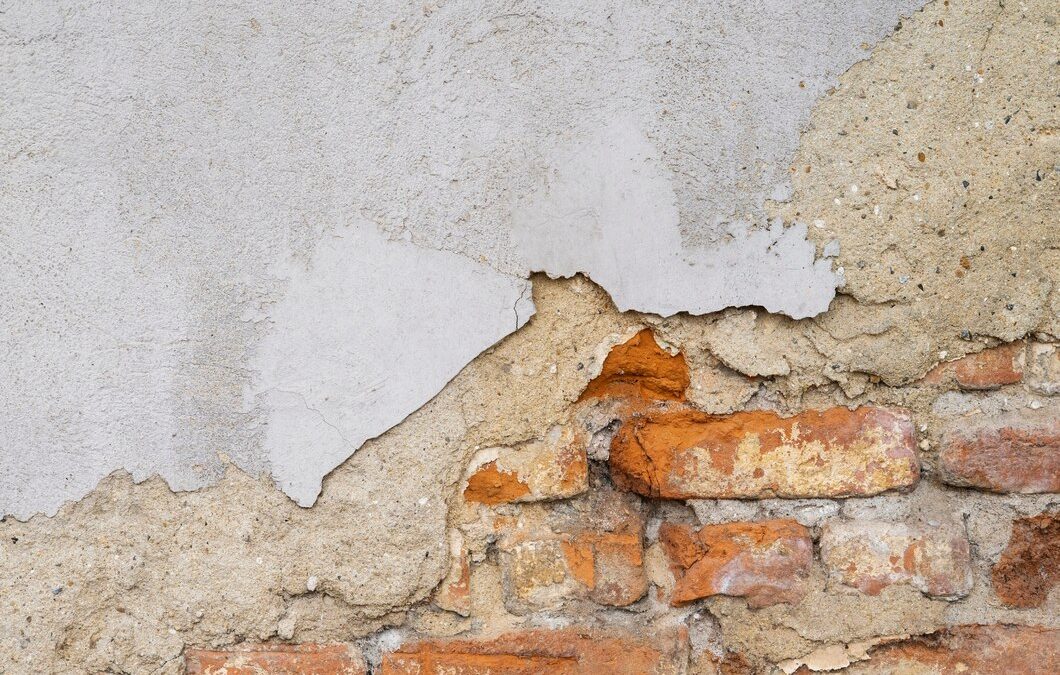Finding cracks in your foundation can be alarming, but it’s not uncommon for homes to develop these issues over time. Fixing foundation cracks is important to maintain the structural integrity of your home and avoid more serious damage. Knowing how to identify the types of cracks you have and understanding their causes will help you decide the best way to address them.
Identifying Different Types of Foundation Cracks
Recognizing the type of cracks in your foundation is essential for understanding their potential impact. Here are some common types:
- Hairline Cracks: These are thin, shallow cracks that usually occur as the concrete cures and dries. They are typically not a structural concern but should be monitored for changes.
- Vertical Cracks: Often caused by the natural settling of the foundation, vertical cracks are the most common and usually less severe. They are usually narrow and can be easily repaired.
- Diagonal Cracks: These cracks run at an angle and indicate differential settlement, where one part of the foundation settles more than another. Diagonal cracks can be a sign of more significant issues, especially if they widen over time.
- Horizontal Cracks: Horizontal cracks are the most serious type. They often suggest substantial pressure against the foundation walls, such as from water or soil. These cracks should be addressed immediately by a professional, as they can compromise the structural integrity of your home.
- Stair-Step Cracks: These cracks follow the mortar joints and appear in a step-like pattern across brick or block walls. They usually indicate settlement or movement and may need professional evaluation to ensure they’re not a sign of severe problems.
Identifying these cracks correctly allows you to determine whether they require a simple fix or more significant attention.
Common Causes of Foundation Cracks
Understanding why foundation cracks occur can help you prevent them from developing or worsening. Here are some common causes:
- Soil Movement: The soil beneath your house can expand and contract due to moisture changes, causing the foundation to move. Clay soils, which expand when wet and shrink when dry, are particularly problematic.
- Poor Drainage: Water pooling around your foundation can weaken it, leading to cracks. Proper gutters and drainage systems are crucial to direct water away from your home.
- Inadequate Construction: Foundations that are not built correctly from the start can develop cracks over time. This includes poor concrete pouring and inadequate reinforcement.
- Tree Roots: Large trees growing too close to your home can exert pressure on the foundation. As roots grow, they can disrupt the soil and cause cracking.
- Temperature Changes: Extreme temperature fluctuations can cause the concrete to expand and contract, leading to cracks over time. This is especially true in areas with significant seasonal changes.
- Settling: All houses settle over time, but when the settling is uneven, it can cause foundation cracks. This can be due to various factors, including soil erosion and the natural settling of materials.
Knowing these causes can help you take steps to protect your foundation. Maintaining proper drainage, monitoring tree growth, and ensuring the foundation was built correctly can mitigate many of these issues.
DIY Methods for Fixing Small Cracks
For small foundation cracks, you can often handle the repair yourself. Here are some DIY methods:
- Cleaning the Crack: Start by cleaning the crack thoroughly to remove any dirt, dust, or loose debris. Use a wire brush and a vacuum to ensure the area is free of contaminants, which will help the repair materials adhere better.
- Filling with Epoxy or Urethane: For hairline or very small cracks, an epoxy or urethane injection can be effective. These materials come in kits that include a caulking gun and the necessary compounds. Follow the instructions on the kit to fill the crack, ensuring it’s completely sealed.
- Applying Hydraulic Cement: If the crack is slightly larger, hydraulic cement is a good option. This type of cement expands as it dries, sealing the crack effectively. Mix the cement according to the package instructions and use a trowel to apply it to the crack. Smooth it out and let it cure fully.
- Sealing the Surface: Once the crack is filled, apply a sealant over the area to protect it from water infiltration. Use a brush or roller to spread the sealant evenly over the crack and the surrounding surface.
These DIY methods are practical for minor cracks. Regularly inspect your foundation to catch and repair small cracks before they become bigger issues.
When to Call a Professional for Large Cracks
While some foundation cracks can be fixed with DIY methods, others require professional attention. Here’s when to call in the experts:
- Wide or Deep Cracks: Any crack wider than 1/4 inch or that penetrates deep into the foundation should be evaluated by a professional. These cracks could indicate significant structural issues that need immediate attention.
- Horizontal Cracks: Horizontal cracks are especially concerning as they can signal immense pressure on your foundation walls. These cracks can lead to wall bowing and should be addressed by a professional to avoid further damage.
- Cracks with Water Seepage: If you notice water seeping through a crack, it’s time to call a professional. Water intrusion can weaken your foundation and lead to serious moisture problems, including mold and mildew.
- Cracks that Reappear: If you’ve repaired a crack and it comes back, it’s likely a sign of an underlying issue that needs professional intervention. Continuous monitoring by a foundation expert can help identify and solve the root problem.
- Multiple Cracks: Several cracks appearing simultaneously can indicate a bigger problem with your foundation’s stability. It’s best to have a professional assess the situation to determine the necessary steps for repair.
Consulting a professional ensures that significant foundation issues are properly evaluated and repaired, maintaining the safety and value of your home.
Conclusion
Fixing foundation cracks is a crucial task that helps maintain your home’s structural integrity. Identifying the type of crack and understanding its cause allows you to choose the most effective repair method. Small cracks can often be addressed with simple DIY techniques, but larger or more severe cracks require professional intervention to ensure your home remains safe and stable.
By being proactive about foundation crack repairs, you can prevent minor issues from becoming major headaches. Regularly inspect your foundation for new cracks and address them promptly to avoid costly future repairs. Maintaining a solid foundation is essential for the overall health of your home.
If you have large cracks or are unsure about the severity of a crack, don’t hesitate to reach out for professional help. At Lift-Texas Construction, we offer expert foundation repair services to keep your home safe and secure. Contact us today for a professional evaluation and reliable repair solutions. Let us lift your home to a new level of excellence!


This blog provides clear steps for fixing foundation cracks, offering both DIY tips and guidance on when to call in professionals. It’s a great read for homeowners looking to protect their home’s foundation.